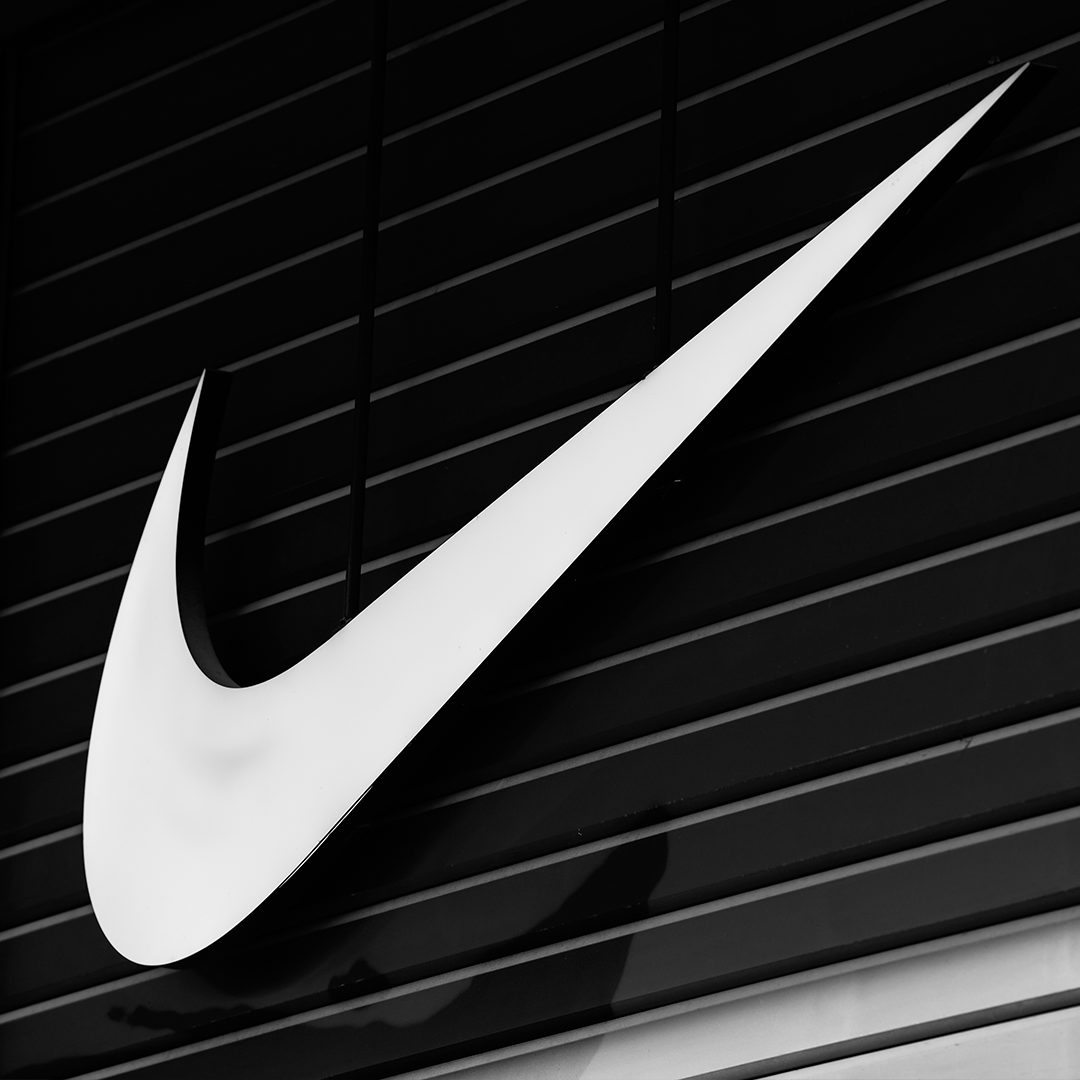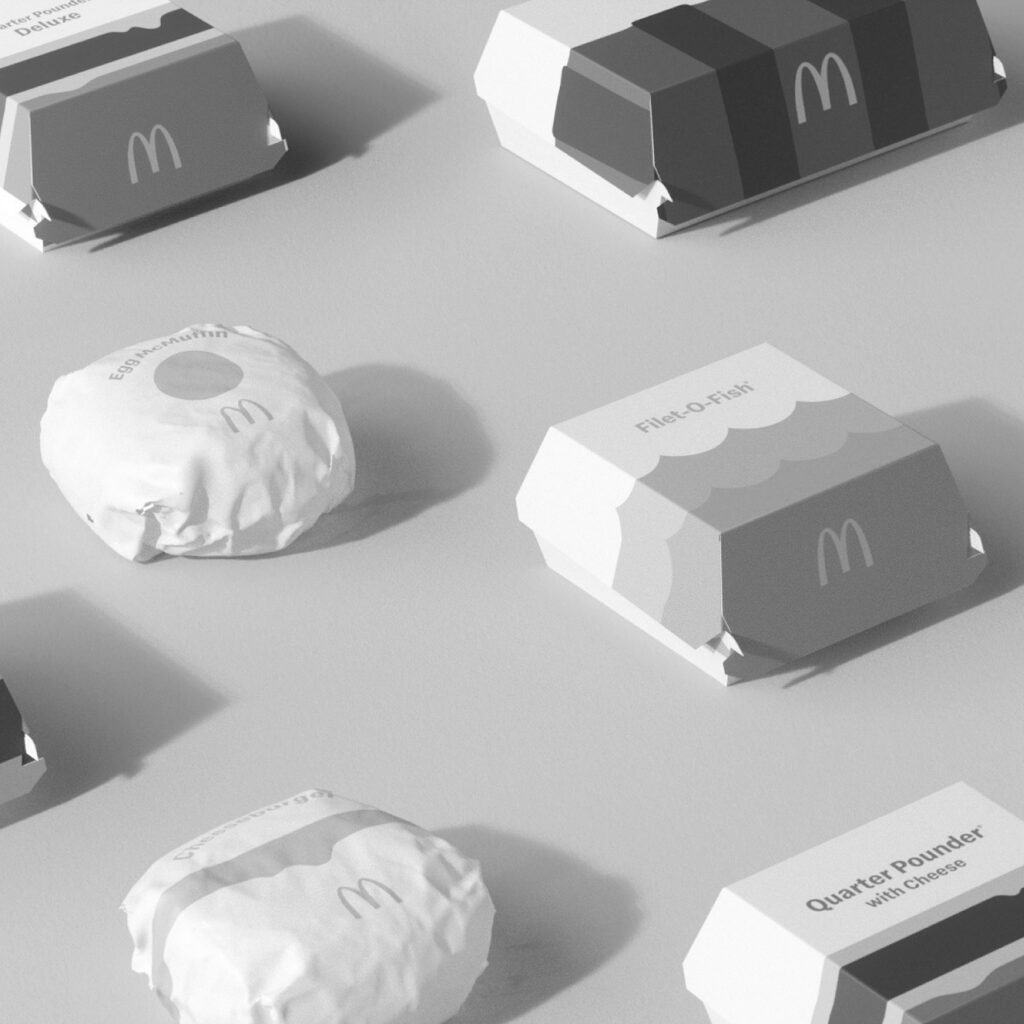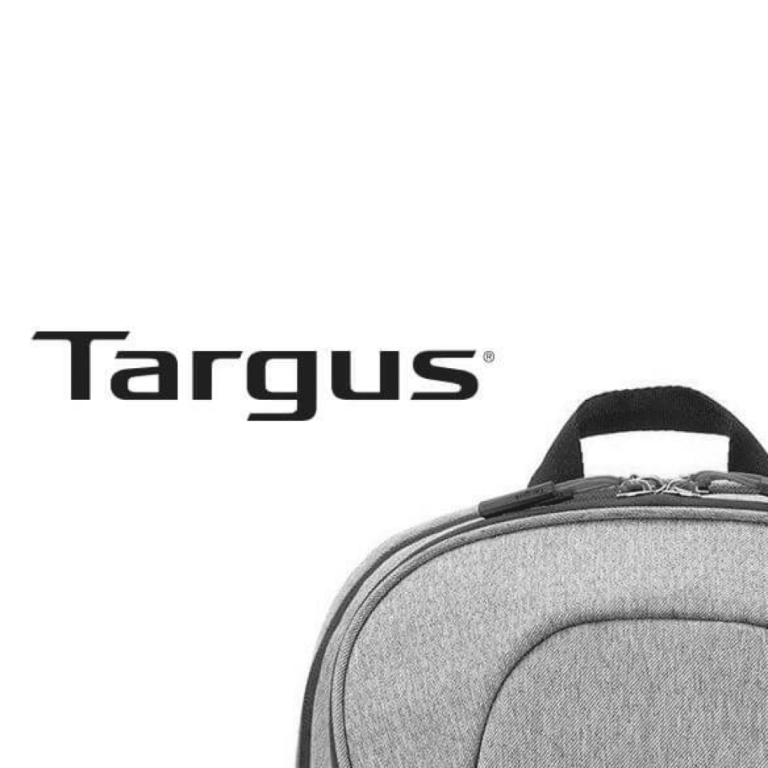INSIGHTS / CREATIVE, DESIGN & PHILOSOPHY
5 Differences Between Corporate Branding and Product Branding
UBERBRAND on 16/07/2024
“Powerful brand recall equates brands with more than the sum of their parts. Take McDonald’s for instance…”


Branding is all about your company’s story and its messages. In today’s cluttered and competitive market, there’s no denying the importance branding plays in distinguishing products or services. So much so, more brands are turning towards the specialised services of branding companies to enhance their identity in the market.
Having a targeted, meaningful branding message is essential for success, and when it comes to branding, two areas a company will need to consider – and differentiate – are corporate branding and product branding.
Corporate branding encompasses the entire company and should reflect the company’s vision, values, mission, and overall identity.
Product branding focuses on individual products or product lines, aiming to create a unique identity and value proposition for specific offerings.
A huge component of branding is to be able to generate brand power, recall and resonance via creating an experience, building trust, awareness, and being responsive to evolving needs. Effective branding is crucial for establishing a company’s identity, building customer loyalty, and standing out among competitors.
Interested in learning more? Below we delve into more detail regarding the key differences between corporate branding and product branding (including sharing key insights and brand examples).
1. Scope and Focus
Corporate Branding:
Corporate branding is a company’s overarching strategy that defines and communicates its identity.
This branding approach is designed to create a holistic image of how the company is viewed in the minds of stakeholders.
The overall branding efforts here should be to build a cohesive, consistent image that encapsulates what the company stands for and its long-term goals.
Through corporate branding, a company can be positioned as a unified entity with a clear purpose and direction, thereby building reputability, trust and other key brand vision messaging.
If we think of a brand like Disney, their mission is centred around “making the world a better place by making people happy”. By making people happy, their audience will see “A world of fun family entertainment” (their vision).
The Disney brand essence of “magic” and how it’s expressed through taglines like “where dreams come true” helps them deliver on their strategic intention to be the world’s leading entertainment company.
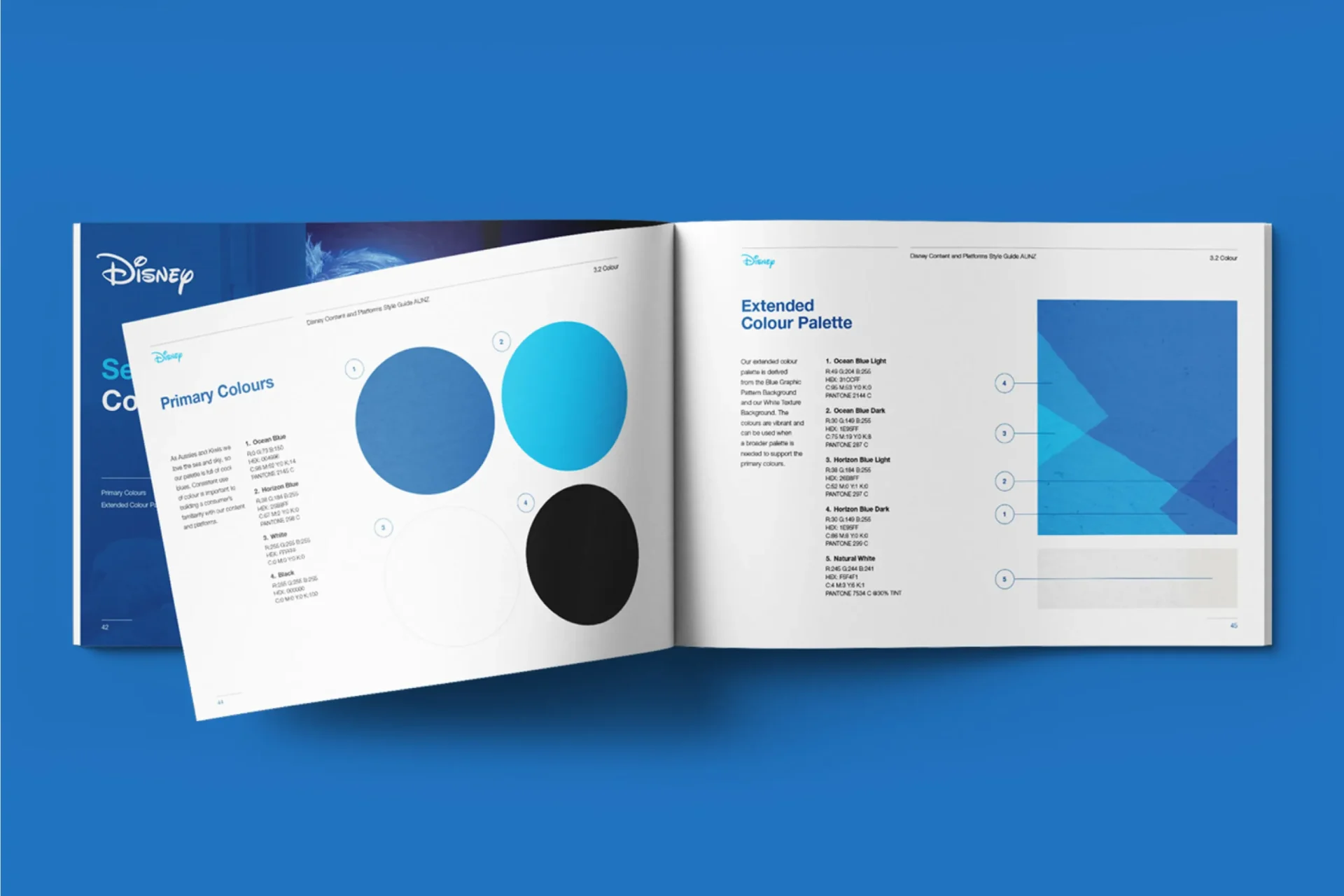
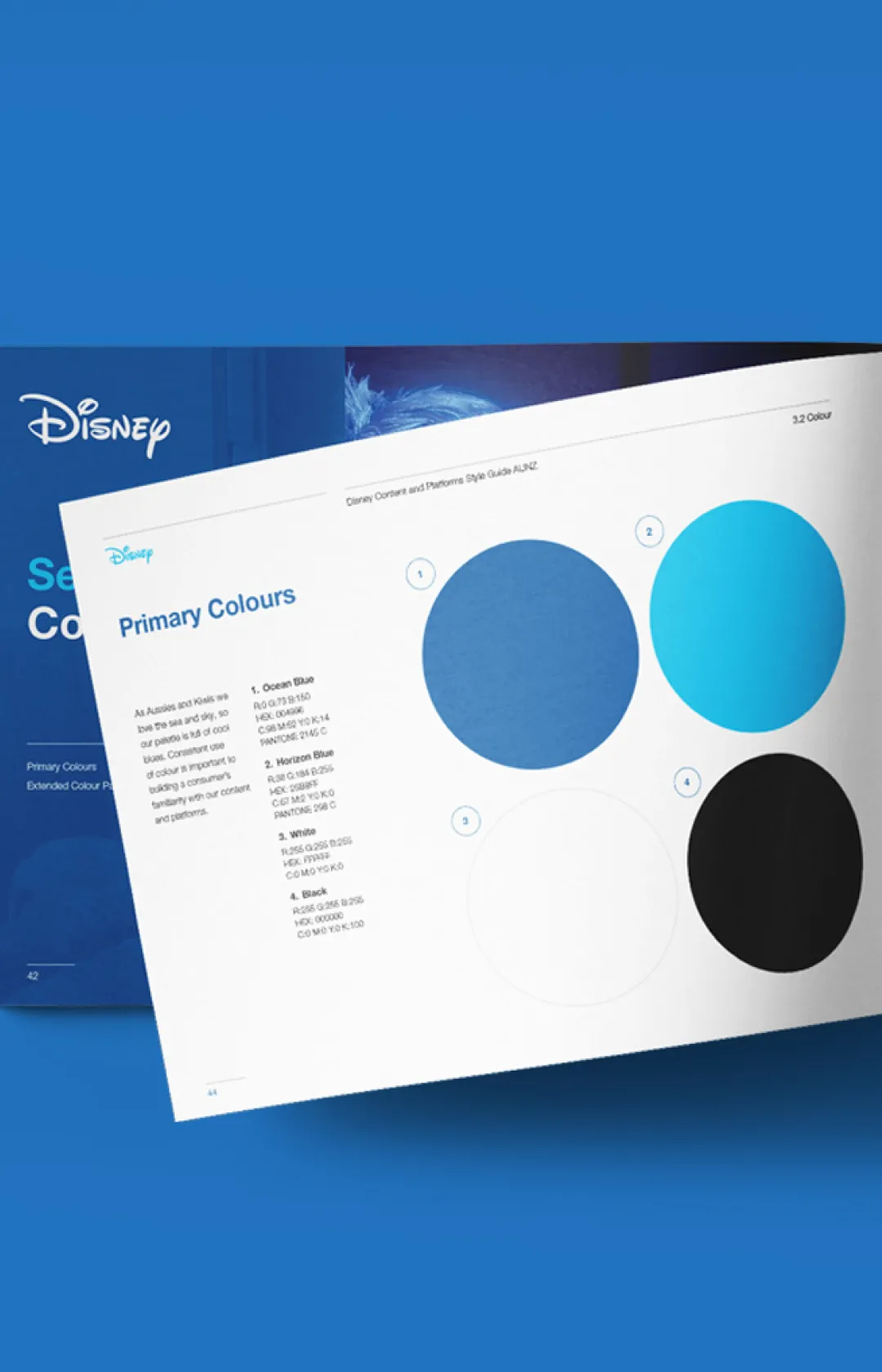
Product Branding:
By contrast, product branding zeroes in on creating distinct identities for specific individual products/product lines. This approach aims to differentiate said products from those of competitors by highlighting unique features, benefits, and value propositions.
This form of branding involves tailoring the identity of a product to resonate with a particular target market, often involving detailed market research to understand consumer needs and preferences.
A core goal here is to create a compelling narrative around the product that appeals directly to potential buyers and encourages purchase decisions (while also fostering all important brand loyalty for the specific product).
In some cases, products will be highly differentiated such as Coca Cola’s suite of iconic and highly recognisable beverages with different flavours (Coke Classic, Vanilla Coke, Coke Zero Sugar, Coke Lime, et al.).
In other instances, such as Apple products, a consistent look and feel underpins the product branding and value proposition (sleek minimalism, curved edges, streamlined white packaging, innovators and early trend adopters in tech, etc.).



2. Target Audience
Corporate Branding:
Corporate branding encompasses a wider and more diverse target audience than the specialised target segments of product branding.
The stakeholders that a corporate brand must appeal to are often broad, and may include current/prospective employees, investors, partners, the public, customers.
A robust corporate brand plays an integral part in fostering the “right” reputation, which in turn is crucial for attracting top talent, business, investor confidence, and establishing strong partnerships in the market.
Product Branding:
Product branding focuses on specific consumer segments likely to purchase the product. This approach requires a deep understanding of the target market’s needs, preferences, and behaviours.
Effective product branding strategies are built on detailed consumer insights. It’s how brands craft messages that resonate with their target audience’s desires and pain points.
By honing in on what makes a product unique and valuable to a particular group of consumers, product branding drives engagement and sales, creating a loyal customer base for each individual product.
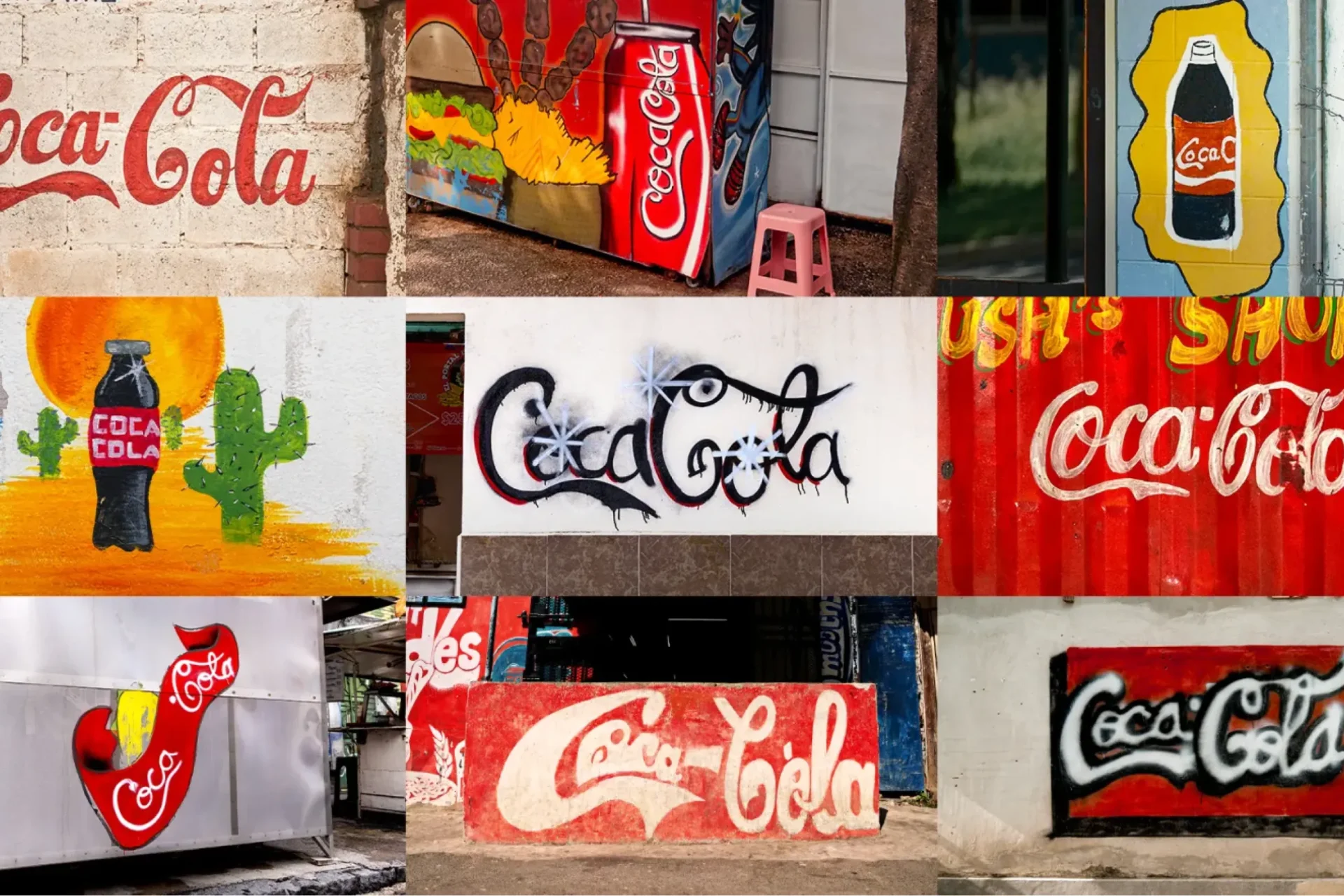

3. Brand Identity Components
Corporate Branding:
The components of corporate branding include all the usual suspects – logo, tagline, corporate colours, and overarching brand message. Each element should represent the company’s brand essence, values and mission across all touchpoints in a consistent way.
The corporate logo acts as a visual symbol of the corporate’s identity, while the tagline encapsulates its core message in a memorable way.
Yellow “M” arches provide an immediate connection for the McDonald’s audience. They also have an ownership of the red and yellow brand colours.
However, it goes beyond that – you don’t just think of hot, golden fries; the McDonald’s brand conjures feelings and memories of playing with the Happy Meal toy as a child, pulling into the drive-through on road trips, reliable service and affordable fast-food. Combined, these brand aspects offer a powerful brand recall that has taken years to create.
Corporate colours and design elements create a cohesive visual identity that reinforces the brand’s message and values. Together, these components work to create a unified, recognisable corporate brand stakeholders can connect with on an emotional level.
Product Branding:
Product branding involves distinct components, such as the product name, packaging, design, and unique selling points (USPs). Each element is tailored to highlight the specific features and benefits of the product, making it stand out in the marketplace.
Product branding involves distinct components, such as the product name, packaging, design, and unique selling points (USPs). Each element is tailored to highlight the specific features and benefits of the product, making it stand out in the marketplace.
For example, the product name should be memorable so it can effectively be recalled while reflecting the essence of the product. Equally, the packaging design should attract attention and convey the product’s value proposition.
Fanta, Sprite and Mount Franklin are all Coca Cola products that are branded to appeal to their specific respective audiences:
Fanta’s bright, bubble shaped bottle exudes its “fun in a bottle”, “bold choice, bold taste” tagline. Sprite’s crisp, vibrant green is aligned with its zesty, refreshing angle, and Mount Franklin plays towards more of a health angle via a clear bottle and “pure, natural, feel good” positioning as “nature’s hydration.”
Here’s another example – Apple specifically engineered their product box lids to open slowly for a dramatic unboxing and reveal of what’s inside.
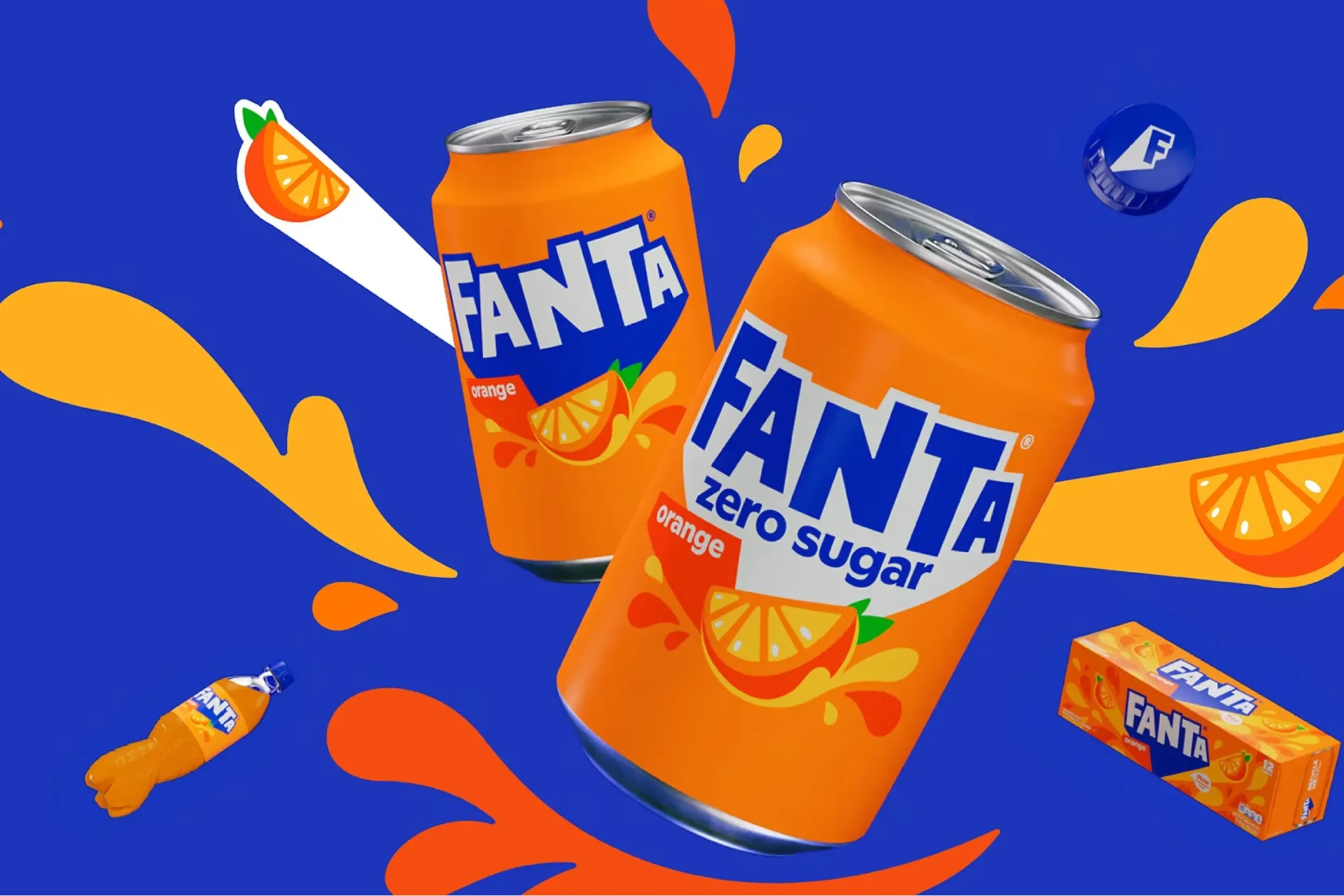

4. Brand Strategy and Messaging
Corporate Branding:
A corporate brand thrives on consistency and relevancy where their core message is woven into every aspect of company communications (from internal newsletters to public advertisements).
The aim is to establish trust and credibility across all touchpoints and interactions, ensuring that stakeholders have a clear and positive understanding of what the company represents.
Product Branding:
Product branding strategies focus on emphasising product benefits, creating emotional appeal, and differentiating from competitors.
Messaging is tailored to highlight how the product meets the specific needs and desires of the target consumer.
Emotional appeal is often used to create a strong connection with the audience, making the product more attractive and memorable.
Differentiation is key, as it sets the product apart in a crowded market. Effective product branding involves a mix of advertising, packaging, promotions, and digital marketing to ensure that the product’s message reaches and resonates with the intended audience.
Consider Tiffany & Co.’s iconic use of their custom Pantone “1837 Blue” colour and presentation in boxes with a white bow ribbon. Other brands could use that hue – but it’s still known in the minds of consumers as “Tiffany blue”.
5. Longevity and Adaptability
Corporate Branding:
Corporate branding is typically long-term and may adapt as the company grows and evolves. It provides a stable foundation for all business operations and communications, ensuring that the company’s core identity and brand essence is maintained.
This consistency helps build a strong and enduring reputation; however, corporate branding also needs to be adaptable enough to incorporate changes in the company’s strategy, market conditions, and societal trends, ensuring that it remains relevant and engaging.
You’ll see this in the brand refresh of NFP Clean Up Australia. Their strongest visual attribute was their existing logo. uberbrand were tasked with elevating their overall visual identity through bold colours and strong typefaces, ensuring it felt both fresh and familiar – helping to future proof the design.
Product Branding:
Product branding adapts based on market trends, consumer feedback, and product lifecycle changes. Flexibility is crucial in product branding to stay relevant and competitive.
As consumer preferences evolve and new competitors enter the market, product branding strategies must be agile enough to respond effectively.
This may involve redesigning packaging, updating messaging, or launching new marketing campaigns to keep the product appealing and top-of-mind for consumers. The ability to adapt quickly and efficiently is key to maintaining the product’s market position and driving continued success.
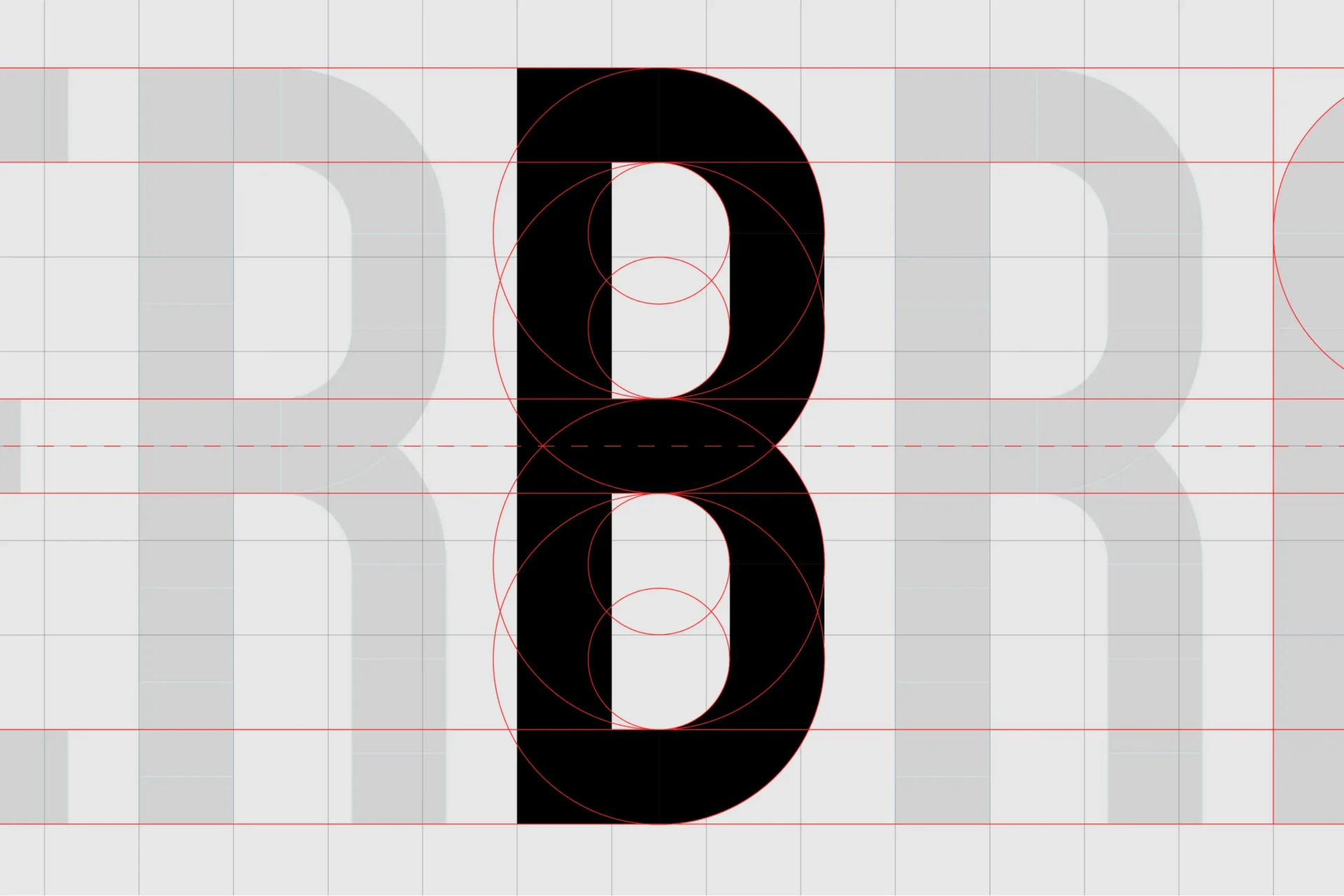

To Summarise:
Corporate branding and product branding serve distinct yet complementary roles within a company’s overall branding strategy.
Corporate branding focuses on creating a cohesive and enduring identity for the entire company, targeting a broad audience and building reputation. Product branding aims to differentiate products in the market and resonate with specific consumer segments.
Paying attention to both corporate and product branding strategy initiatives can create a synergistic effect that amplifies their overall impact. A strong corporate brand can lend credibility and trust to individual products, while successful product brands can reinforce and enhance the corporate brand’s reputation. This ensures that branding efforts are cohesive, maximising the potential for positive brand perception and customer loyalty.



